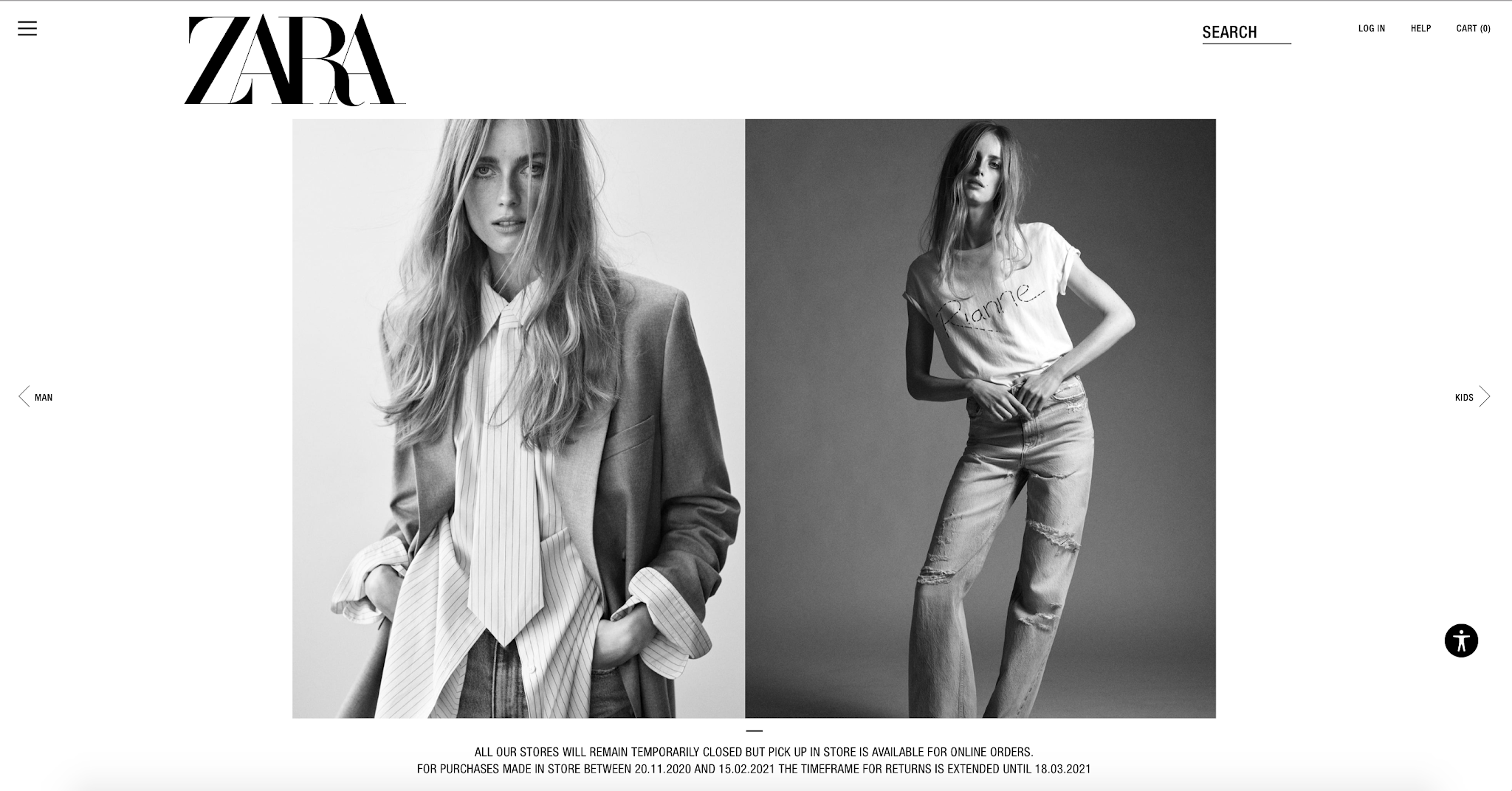Website terms (Task 3 )
Internet website cookie: is a text file used as a tool to enhance the user experience. Cookies are used by storing the users' IDs and their activities in a server. Whenever the user revisits the server, their favourite products or a similar result of their last web visit will be displayed first ( Kaspersky, 2020).
UI: UI stands for User Interface, which gives the visitor an interactive web page to engage and interact with, such as the pages, hyperlinks, images and so on (UserTesting, 2018).
Page source: page source is the original text that the developer has written to create the website or software. In other words, the programming behind a web page or software can be viewed by various tools, for instance, view the source of a web page using the browser itself by right click on the page and select view page source (BRAIN, 2000).
Meta tags: Meta tags are used to define metadata (is information about data). Metadata is not viewable to the user but appears in the machine parsable. Developers could control the viewpoint using the meta tags.
Meta tags always go inside the <head> elements, it used to define character set, page description , keywords, author of the page , and viewport setting (W3schools, 2021).
an example of the syntax of an author of the page using <meta> tag:
<meta name="author" content="Reema">
jQuery: jQuery is lightweight, which allows the developer to minimise the lines of code when designing a website using javascript. Furthermore, it is much easier to use javascript on your website while using javascript, as jQuery simplifies some of javascript commands such as Ajax calls (W3schools, 2021).
Hyperlink: is an HTML link. By clicking on the link will take you to another page. These hyperlinks could come as images, text, and so on (W3schools, 2021).
HTML link related syntax :
1- <a> this HTML tag's purpose is to define a link (W3schools, 2021).
2- href this attribute is used to define the link address (destination) (W3schools, 2021).
3- target this attribute is to define please in which the link will open on. There are 4 possible values.
- _self:the link would be opened on the same tab\window.
- _blank:the link would be opened in a new tab\window.
- _parent: the link would be opened in a parent frame.
- _top:open the link in the full body of the window (W3schools, 2021).
4- <img> element is to use an image an link. this element used inside the <a> element (W3schools, 2021).
Reference list:
BRAIN, M., 2000, How Web Pages Work. [online] HowStuffWorks. Available at: <https://computer.howstuffworks.com/web-page2.htm> [Accessed 21 January 2021].
Kaspersky.com, 2020. What Are Cookies?. [online] Available at: <https://www.kaspersky.com/resource-center/definitions/cookies> [Accessed 21 January 2021].UserTesting, 2018. UI vs. UX: What’s the difference between user interface and user experience?. Available at: <https://www.usertesting.com/blog/ui-vs-ux> [Accessed 21 January 2021].



Revise references, very good job
ReplyDelete